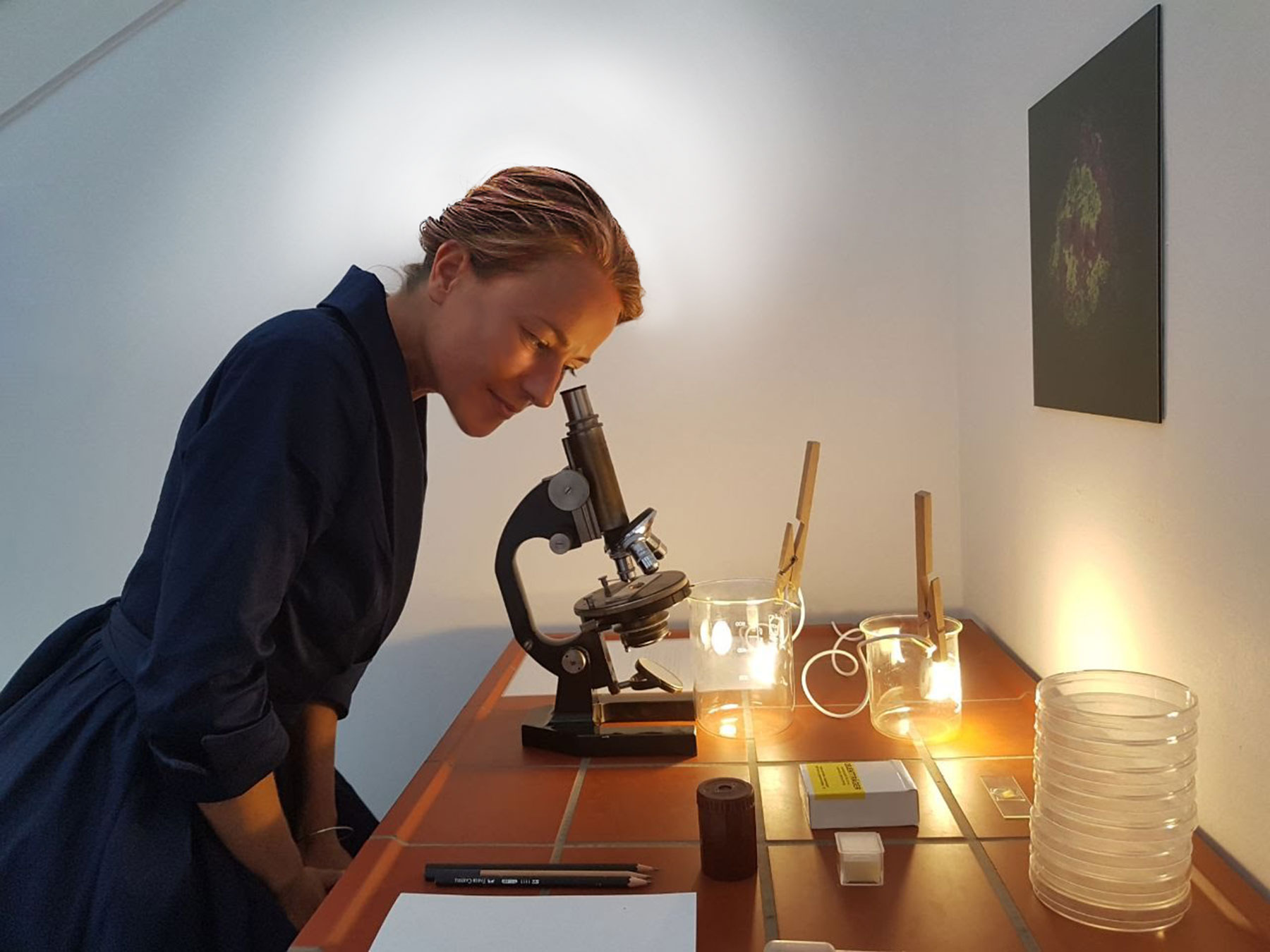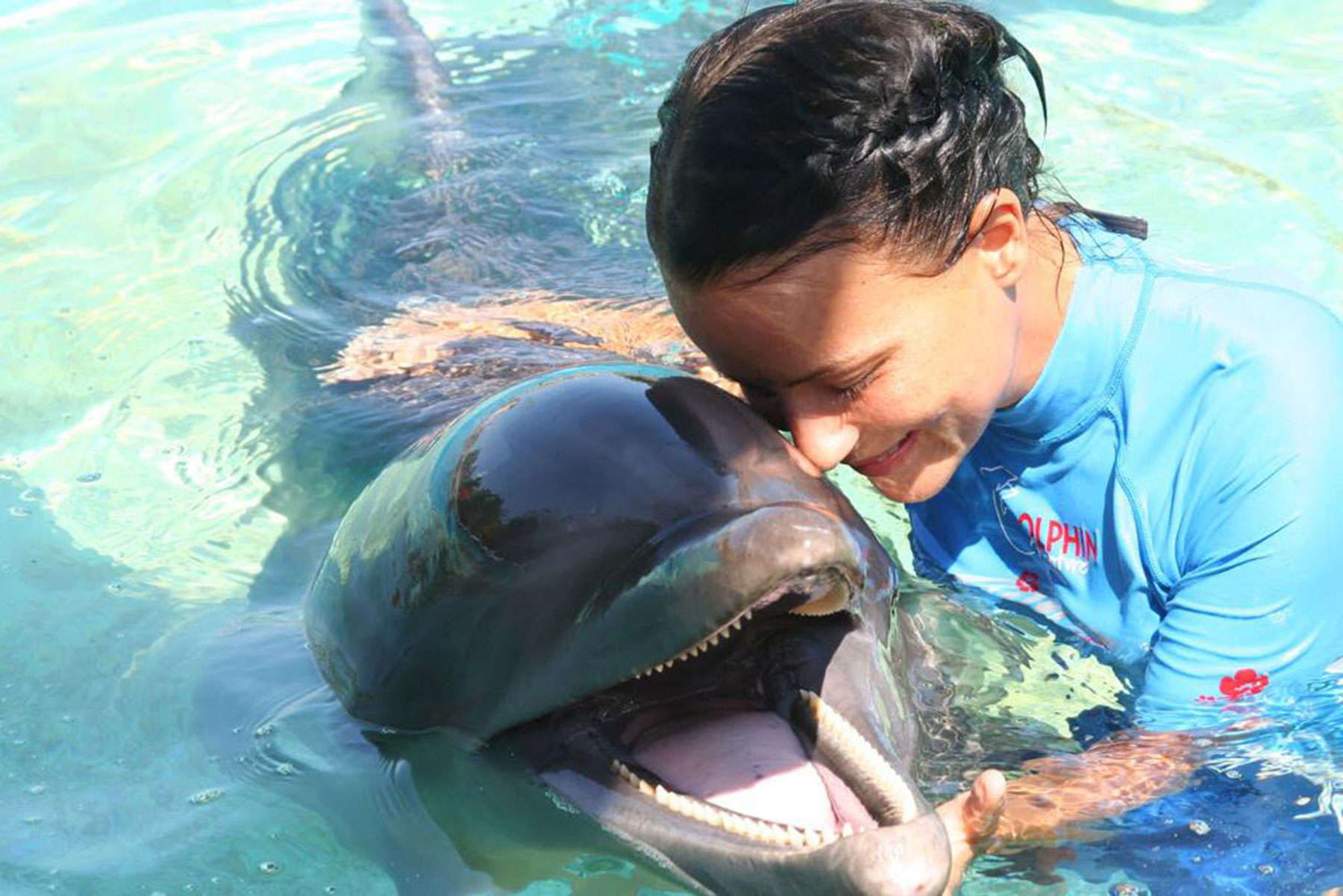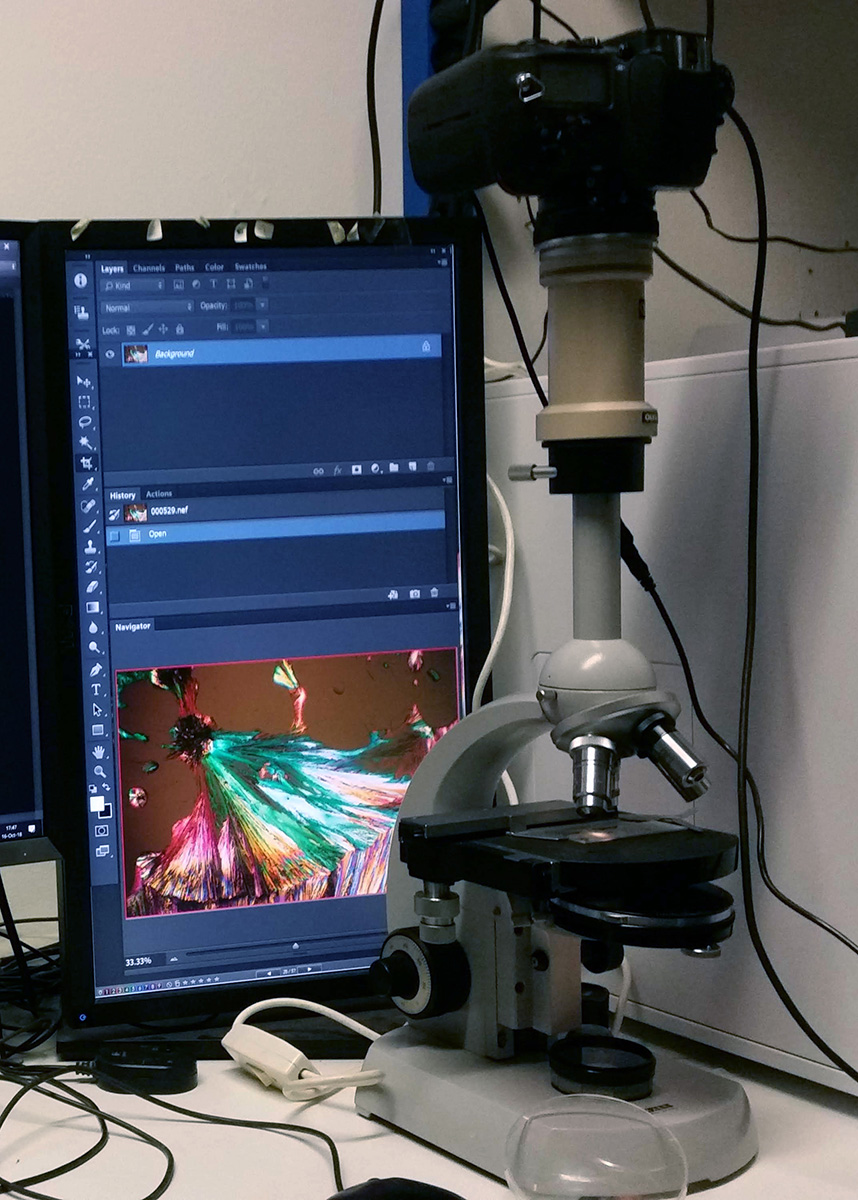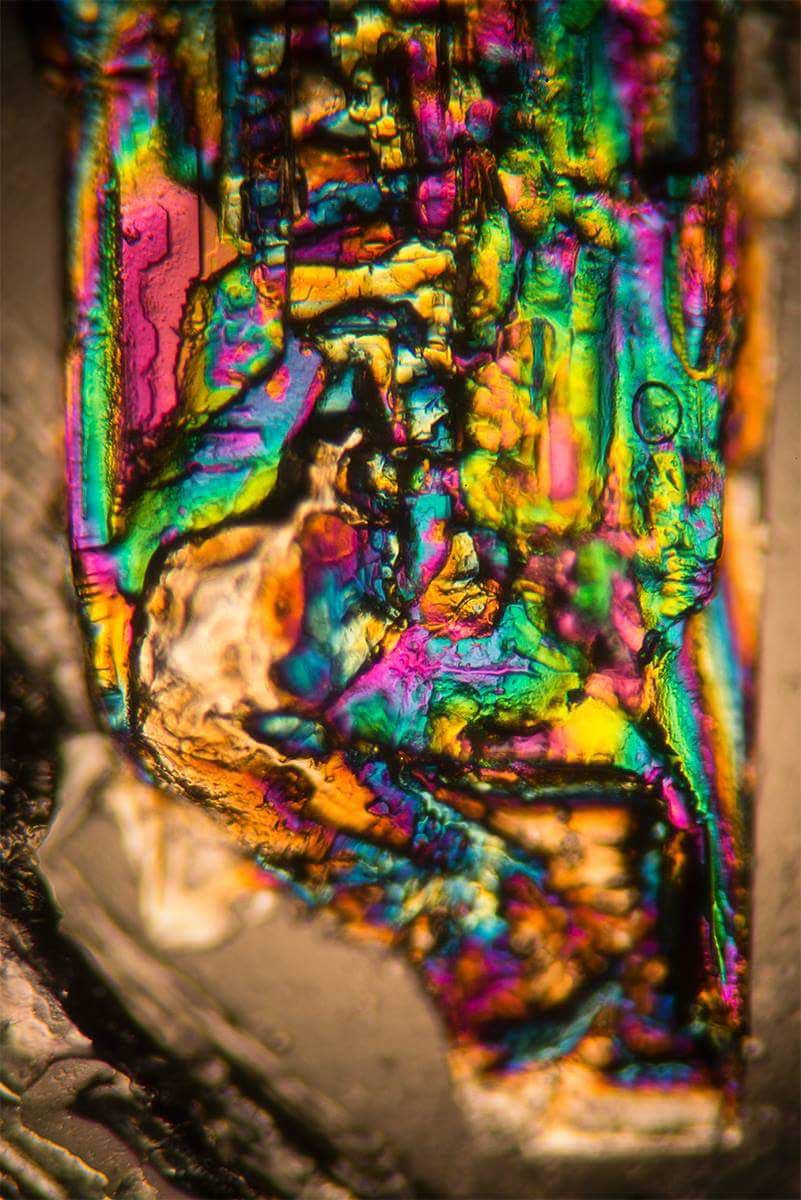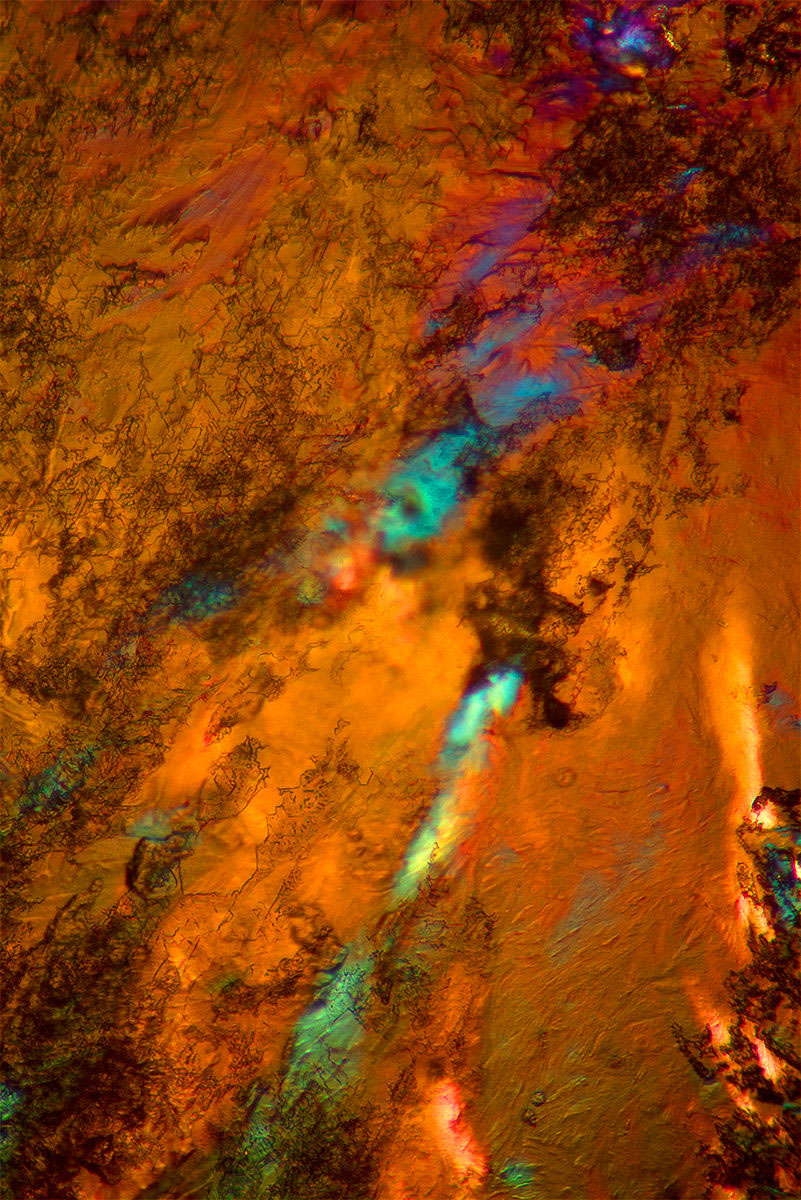ABOUT
NICOLA and her ARTNicola Swietkowiak Gehrke
I would love to take you on a journey. A journey where I capture the worlds of your inner universe. Together we will discover precious treasures that will be unlike anything you or I have ever seen before. These treasures will transform into works of art as unique as you are.
I was created in Poland and born in southwest of Germany in the first fall of snow. Now my family lives all around the world. This has allowed me to travel the globe to witness different landscapes and experience so many unique cultures and ways of living. I currently speak 6 languages and I’m fluent in heart communication and connection.
I am very curious by nature. Therefore, I am mesmerized by miracles of the galaxies both macro and micro.
For the past 13 years of playing with Photomicrography, I have found an amazing love for a new type of travel. A travel through the microcosm with the help of my microscope and my camera. I love it so much as it quenches my thirst and love to discover the unknown.
It is so wonderful what life shares with us. I am continuously amazed by the infinite expressions that are revealed to me in my work. I am excited that I am able to share this with you.
It brings me so much joy to discover the vastness of your universe and show you what a unique and beautiful piece of art you truly are.
We are miracles.
Aloha & Mahalo
Nicola
MORE…
For the past 18 years I have traveled and worked worldwide in various dolphin & whale programs. This journey blessed me to learn 6 different languages and even more cultures. Currently I live in Hawai’i and continue my calling as an ocean enthusiast who creates, cultivates and works globally with inter – species communication. Dolphinet is one such project that manifests fresh modes of interaction between whales & dolphins and humans.
THE INNER UNIVERSE OF
Photomicrography
To me, photomicrography is a science interwoven with the process of creating works of art with the microscope and camera. Once seen as a highly-specialised, meticulous and challenging craft taking many years of practice to achieve good results, digital cameras have largely changed what is now possible.
With the use of a compound microscope and good camera with high resolution is essential starting point to creating good photomicrograph pieces of art.
Artistically selecting between kohler, brightfield, darkfield, phase contrast and polarized lighting the world of the micro becomes beautifully illuminated.
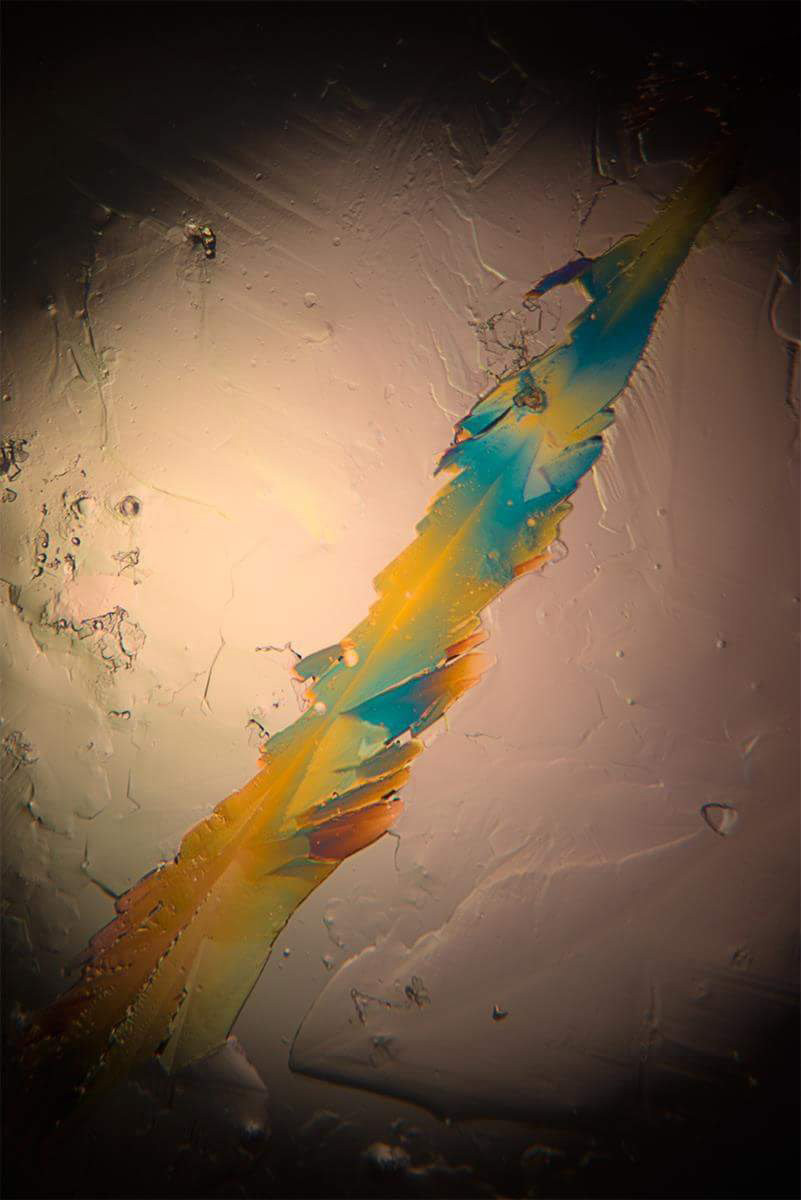
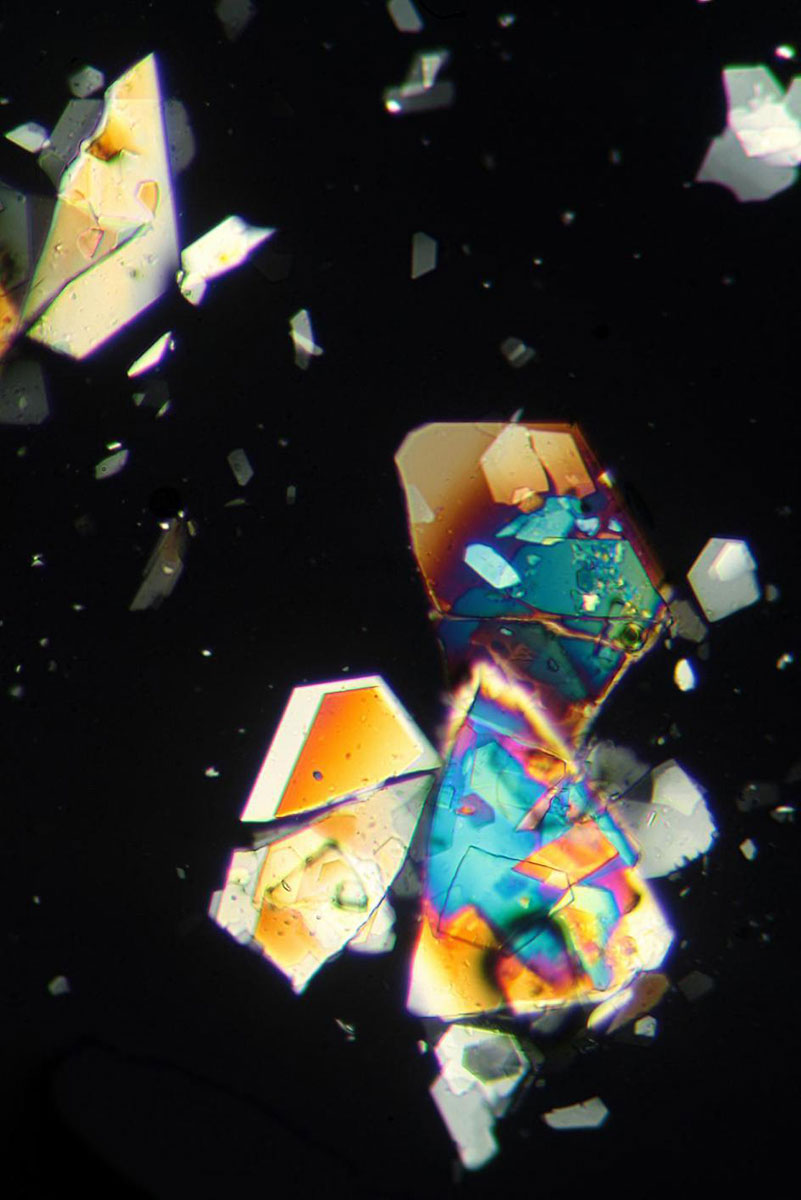
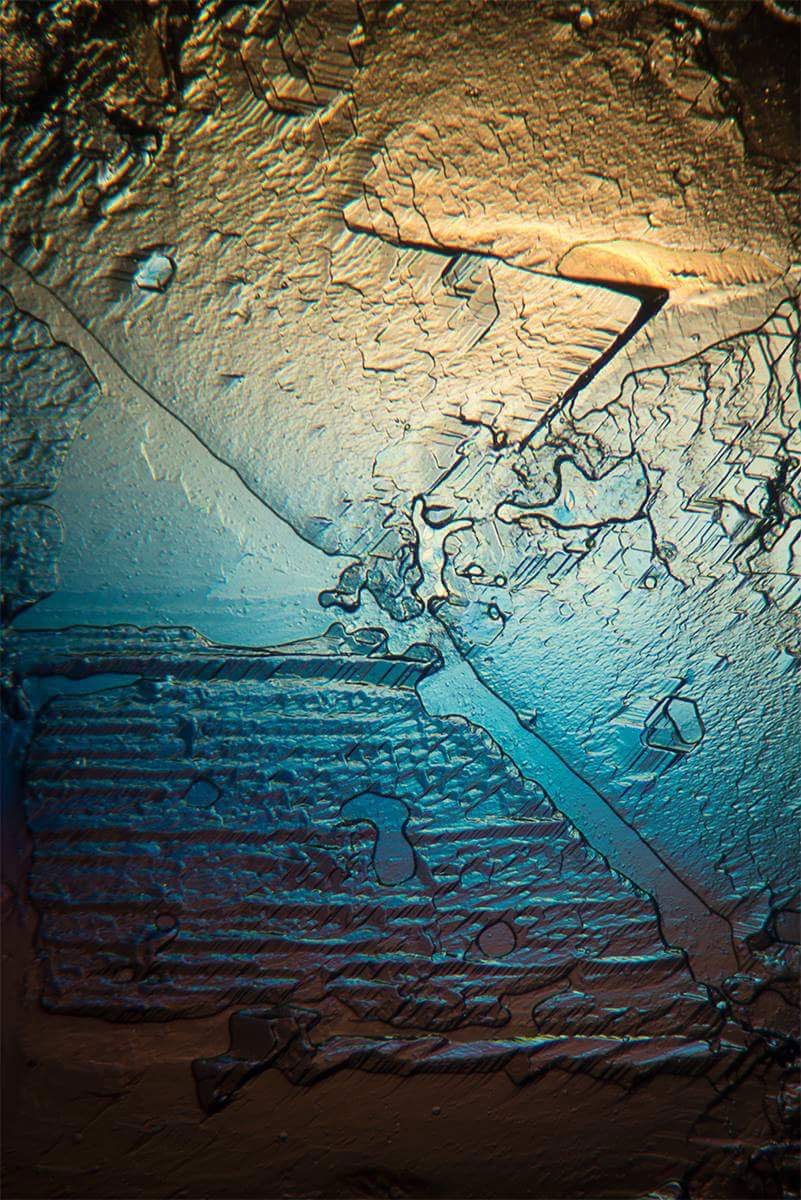
Observation and Illumination
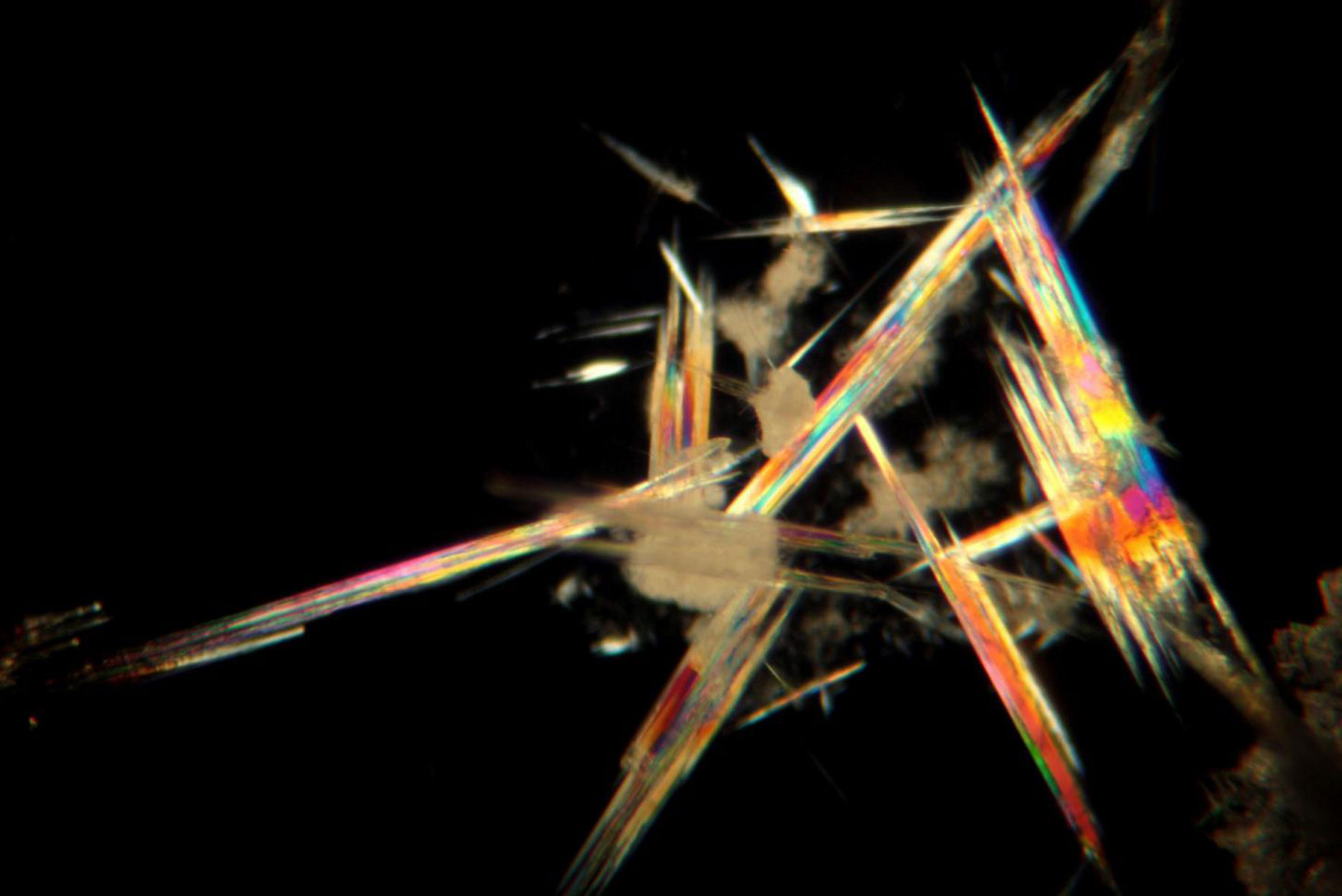
Polarization filters out disruptive reflections. As a result, it becomes possible to observe a broad spectrum of colors which are otherwise obscured. Oftentimes, these colors are thrown into such sharp relief that they appear as dazzling rainbows.
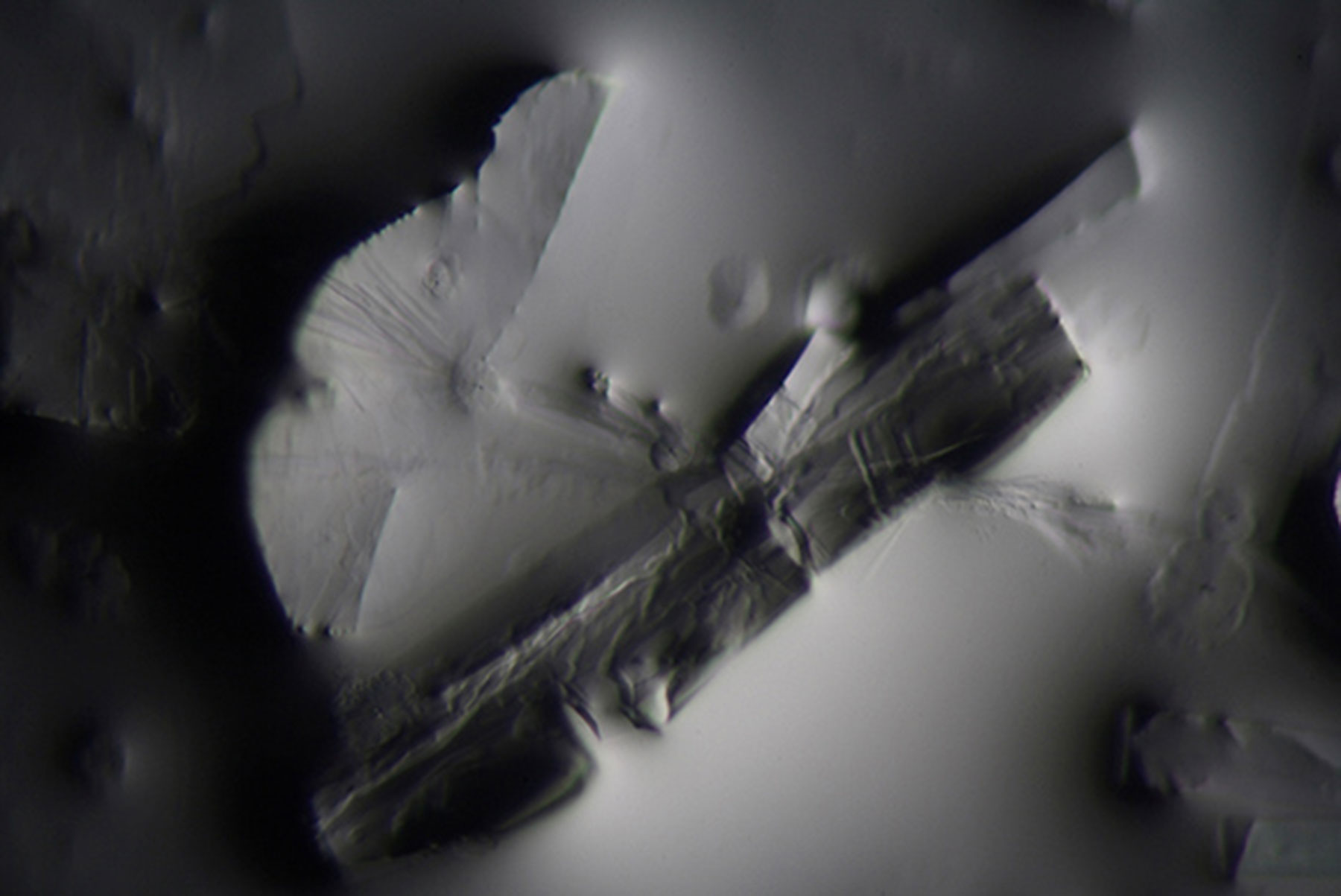
Asymmetrical lighting makes the specimen appear as though it were a plaster impression.
This type of illumination casts shadows across the specimen, generating high levels of relief.
The result is the appearance of what closely resemble craters and rock formations.
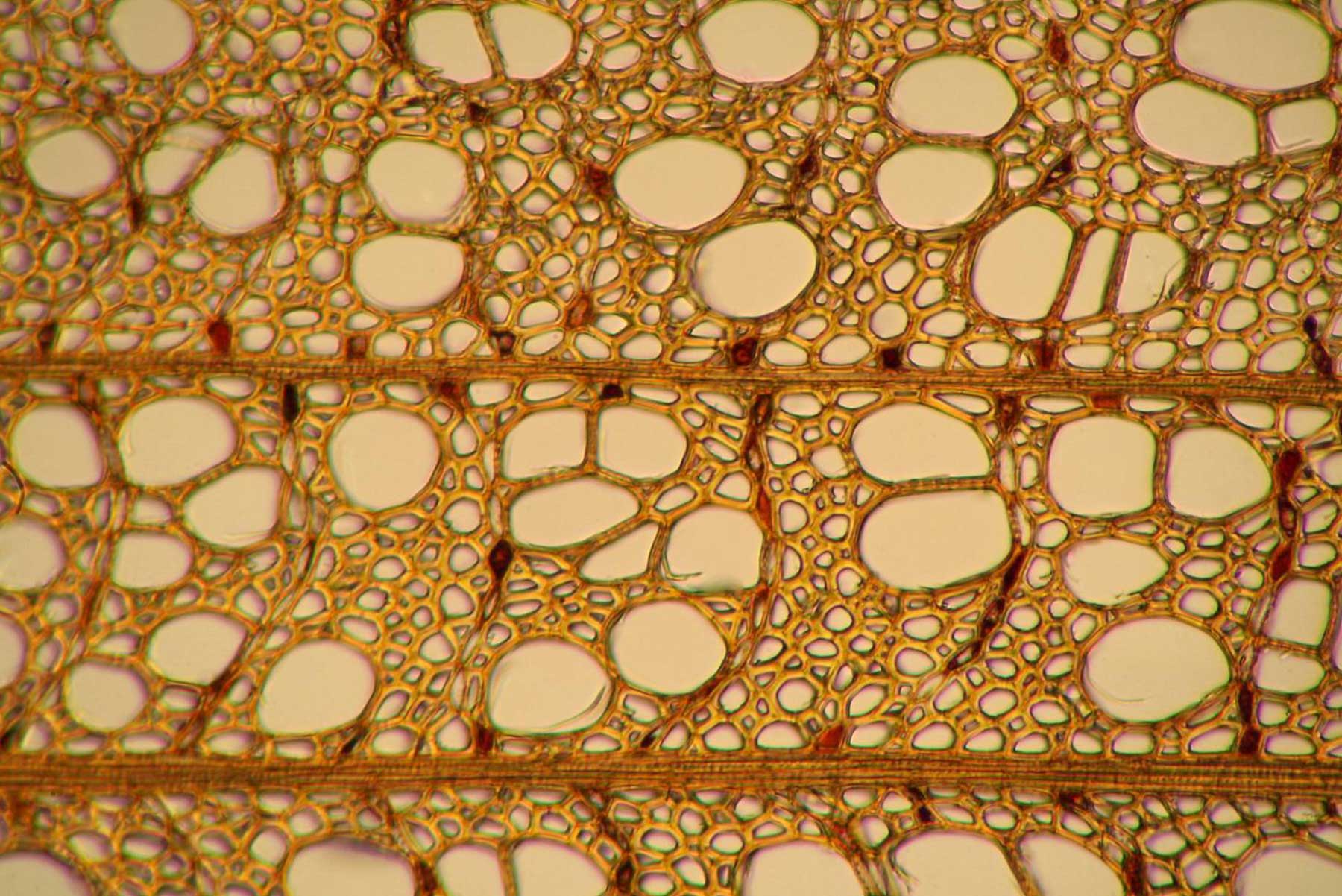
Brightfield illumination is the most popular method used to examine specimens under microscopes. The bulb illuminates the specimen from below rather than from above, making it possible to observe coarse contours which would otherwise be imperceptible.
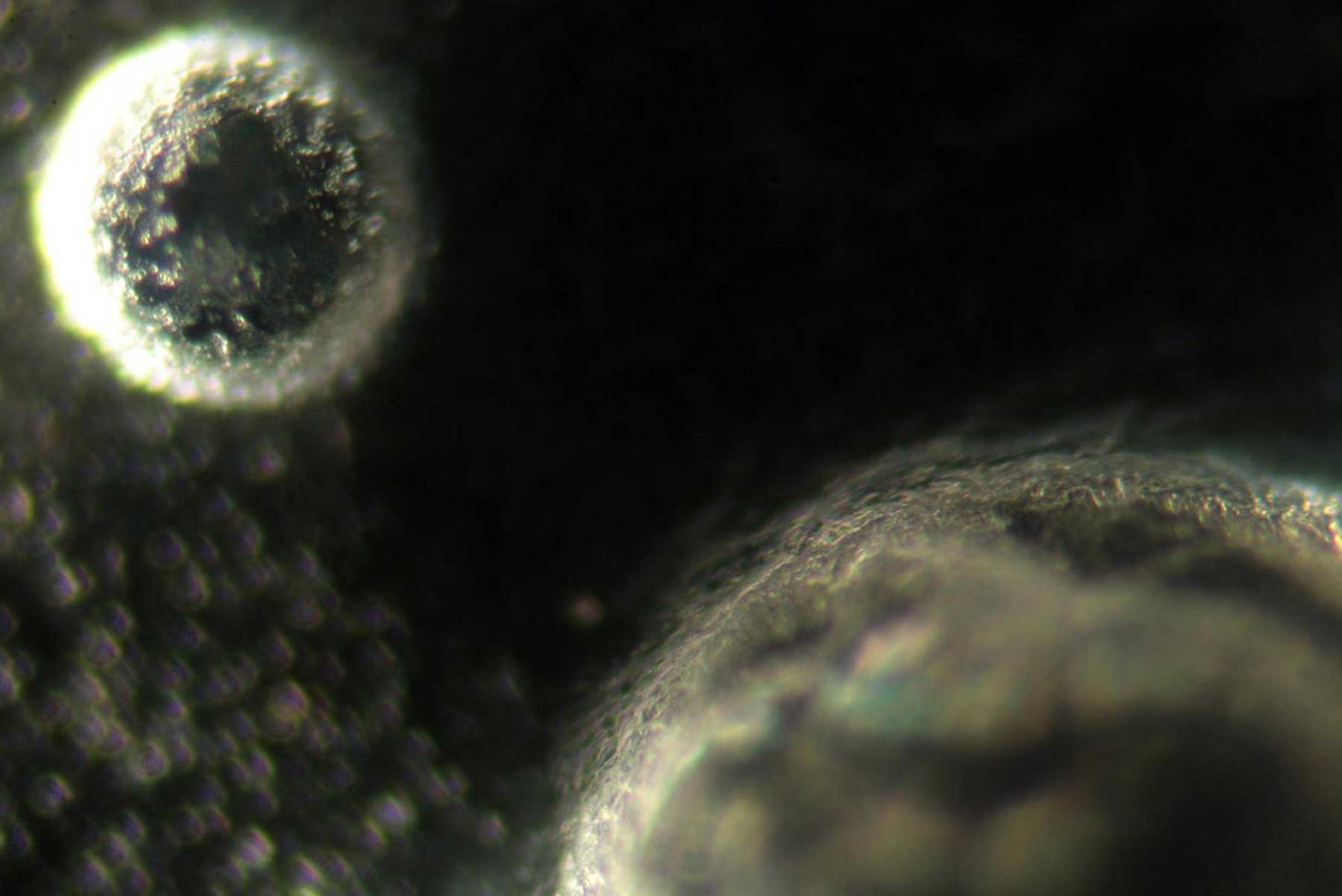
Darkfield illumination brings darkness to light. Conventional lighting from below often means sacrificing one’s ability to observe microscopic details due to the overpowering brightness of the bulb. The darkfield technique prevents the light from hitting the specimen directly. Light is instead cast horizontally, making it possible to observe otherwise indiscernible three-dimensional shapes. As such, bright, sometimes even colorful areas and contours appear on a dark, mostly black background.
THE BEAUTy OF
SALIVA
Although saliva is composed almost entirely of water – 99.5 percent to be exact – most find the remaining 0.5 percent reason enough to label the substance revolting. While this natural revulsion to saliva helps protect from contagious illnesses, it is all too easily forgotten that this bodily fluid is essential for life. Salivary glands are therefore responsible for the maintenance of sufficient levels of saliva in the digestive tract. This amazing substance breaks down starches and salts, moistens food in order to make chewing and swallowing easier, and also keeps oral dryness at bay. However, the mere notion of one’s grandmother using her spat-upon handkerchief to wipe the chocolate from the corner of a child’s mouth is considered cringe-worthy or even very repulsive.
The hidden beauty of saliva remains sadly invisible to many. Simply by examining a few small drops under a microscope, however, its potential can be unlocked. With the aid of up to 400-time magnification, wondrous worlds suddenly come into focus. According to saliva’s physical state, be it solid or liquid, digestive enzymes set saliva’s crystalline structure free; in some instances, magnification reveals what appear to be fantastical pieces of jewelry, landscapes, and silhouettes. For as diverse and fascinating as humans are, the world of saliva is equally vibrant. Its beauty, while concealed, is potentially boundless. I wish you a beautiful journey.
De rerum natura (On the Nature of Things)
So far as it goes, a small thing may give analogy of great things, and show the tracks of knowledge.
– Lucretius –
THE STORY OF
LITTLE KRISHNA
Little Krishna, while playing, put some dirt into his mouth. Krishna didn’t listen to his brother Balram and the other older boys who told Him to stop eating the dirt. So they went and complained to Yashoda, Krishna’s mother, that Krishna had swallowed handfuls of mud.
Yashoda caught Krishna by the hand and brought him inside, and scolded. She said that it is bad to put soil into the mouth, and it will harm the health.
But he only looked at her with his big black eyes and said, “No, mother I have not eaten mud at all. You may examine my mouth, if you think I am lying.”
“OK. Open your mouth and show me,” Yashoda asked Krishna. Krishna opened his mouth wide and Yashoda was surprised to see the entire Universe: the sun, the moon, stars, the earth, all living and nonliving things, her garden, her house, even herself and her son Krishna inside Krishna’s mouth…

